Home>Gardening & Outdoor>Landscaping Ideas>How To Catch A Grass Carp
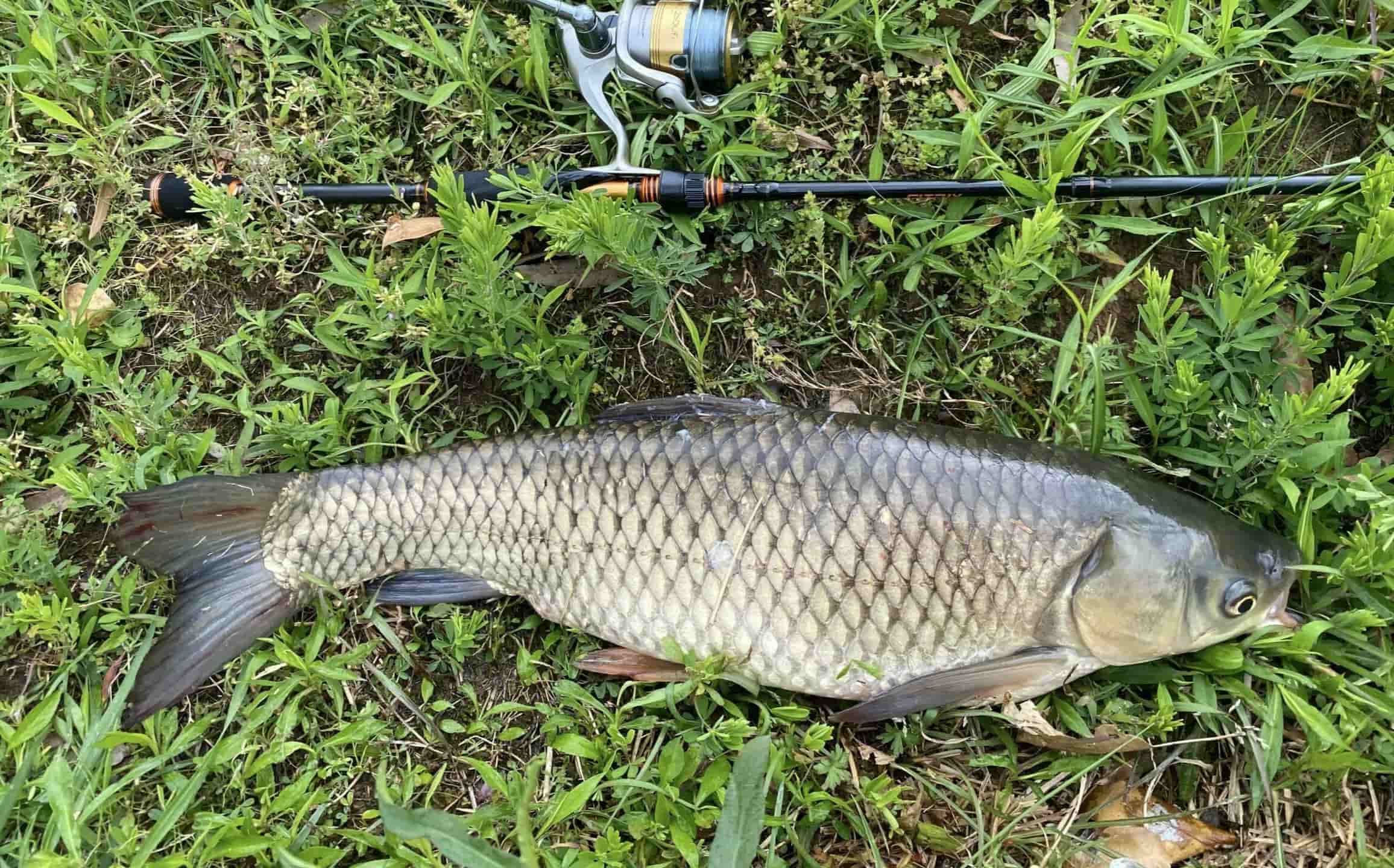

Landscaping Ideas
How To Catch A Grass Carp
Modified: February 18, 2024
Learn effective landscaping ideas for catching grass carp and improve your fishing skills with our expert tips and techniques. Discover the best methods for attracting and catching grass carp in your local area.
(Many of the links in this article redirect to a specific reviewed product. Your purchase of these products through affiliate links helps to generate commission for Storables.com, at no extra cost. Learn more)
Introduction
Read more: What Is Grass Carp
Introduction
Welcome to the world of grass carp fishing! Whether you’re an experienced angler or a newcomer to the sport, targeting these elusive and powerful fish can provide an exhilarating challenge. In this comprehensive guide, we’ll explore the ins and outs of catching grass carp, from understanding their behavior to selecting the right gear and mastering effective techniques.
Grass carp, also known as white amur, are prized for their impressive size, strength, and unique feeding habits. These herbivorous fish are often found in freshwater bodies such as lakes, ponds, and slow-moving rivers, where they play a crucial role in maintaining aquatic vegetation. As a result, targeting grass carp requires a nuanced approach and a deep understanding of their natural environment.
Throughout this article, we’ll delve into the essential aspects of grass carp fishing, including identifying prime fishing locations, selecting the most effective bait and tackle, and employing proven techniques to increase your chances of a successful catch. Additionally, we’ll discuss the proper methods for landing and handling grass carp, ensuring the well-being of these magnificent fish and promoting responsible angling practices.
Whether you’re seeking an exciting angling challenge or simply looking to expand your fishing repertoire, mastering the art of catching grass carp can be a rewarding endeavor. So, grab your gear, prepare for an adventure, and let’s dive into the world of grass carp fishing!
Key Takeaways:
- To catch grass carp, anglers need to understand their herbivorous diet, habitat preferences, and cautious nature. Patience, strategic bait presentation, and gentle handling are crucial for a successful and sustainable fishing experience.
- Grass carp fishing requires specialized techniques, such as mimicking natural forage, observing feeding activity, and handling the fish with care. By mastering these skills, anglers can enjoy thrilling encounters and contribute to the preservation of fish populations.
Understanding Grass Carp
Before embarking on a grass carp fishing expedition, it’s essential to gain a comprehensive understanding of these remarkable fish. Native to eastern Asia, grass carp were introduced to various regions around the world as a biological control agent for aquatic vegetation. Their voracious appetite for submerged plants and grasses makes them a valuable asset in managing overgrown waterways, earning them the moniker “aquatic landscapers.”
One of the defining characteristics of grass carp is their herbivorous diet. Unlike many other game fish species that primarily feed on smaller fish and aquatic invertebrates, grass carp are specialized plant eaters. Their diet consists predominantly of various aquatic plants, including pondweed, watermilfoil, and duckweed. This dietary preference significantly influences their behavior and habitat choices, as they tend to inhabit areas with abundant vegetation to satisfy their nutritional needs.
When it comes to size, grass carp are known for their impressive growth potential. These fish can reach substantial weights, with individuals exceeding 40 pounds not uncommon in suitable habitats. Their robust build and formidable strength make them formidable opponents for anglers, providing thrilling battles once hooked.
Understanding the natural behavior of grass carp is crucial for devising effective fishing strategies. These fish are known for their cautious and skittish nature, often exhibiting wariness towards potential threats, including fishing lures and bait. As a result, successful grass carp anglers must employ patience, stealth, and strategic approaches to entice these wary fish into striking.
By familiarizing yourself with the unique characteristics and habits of grass carp, you’ll be better equipped to tailor your fishing methods to their preferences and behaviors. This knowledge will serve as a foundation for honing your angling skills and increasing your chances of a rewarding grass carp fishing experience.
Identifying the Best Fishing Spots
When it comes to targeting grass carp, identifying the most promising fishing spots is a crucial aspect of angling success. These elusive fish have specific habitat preferences and behavioral patterns, making it essential to pinpoint the optimal locations for a productive fishing outing.
One key factor in determining prime grass carp fishing spots is the presence of abundant aquatic vegetation. As herbivorous feeders, grass carp are naturally drawn to areas teeming with submerged plants and grasses, which serve as their primary food source. Look for bodies of water with dense vegetation, such as lily pads, hydrilla beds, and submerged grassy areas. These areas provide ideal foraging grounds for grass carp and are likely to yield promising fishing opportunities.
Additionally, shallow, slow-moving waters are favored habitats for grass carp. Lakes, ponds, and backwater areas of rivers with gentle currents and ample vegetation are prime locations to encounter these fish. These tranquil environments offer the ideal conditions for grass carp to feed leisurely and feel secure, increasing the likelihood of successful angling encounters.
Observing the behavior of grass carp can also aid in identifying productive fishing spots. Keep an eye out for surface activity, such as subtle ripples or disturbances caused by feeding fish. Grass carp often feed near the water’s surface, particularly during the early morning and late afternoon, making these times optimal for angling pursuits. By identifying areas where grass carp are actively feeding, anglers can strategically position themselves for a higher chance of a successful catch.
Furthermore, seeking out locations with clear water and good visibility can be advantageous when targeting grass carp. These fish rely on their keen senses to detect potential threats, and clear water allows them to assess their surroundings with greater precision. Positioning yourself in areas with good visibility can enhance your ability to present bait and lures effectively, increasing the likelihood of enticing grass carp into striking.
By honing your ability to identify prime grass carp fishing spots, you’ll be better equipped to maximize your angling efforts and increase the likelihood of a rewarding fishing experience. Understanding the habitat preferences and behavioral tendencies of grass carp is a valuable asset that can elevate your fishing prowess and lead to memorable encounters with these remarkable fish.
Selecting the Right Bait and Tackle
Equipping yourself with the appropriate bait and tackle is essential for effectively targeting grass carp. These discerning herbivores require specialized approaches to entice them into striking, making thoughtful bait selection and tackle choices paramount for angling success.
When it comes to bait, grass carp exhibit a strong affinity for various plant-based offerings. One of the most popular and effective baits for grass carp is dough bait, which can be crafted using a combination of flour, cornmeal, and other plant-based ingredients. Dough bait mimics the natural vegetation that grass carp feed on, making it an enticing and reliable option for enticing these fish. Additionally, fresh vegetables such as sweet corn, peas, and green beans are highly appealing to grass carp and can be used as bait either in their natural form or as part of a homemade bait concoction.
Another effective bait option for grass carp is fruit-flavored boilies. These small, spherical baits are infused with fruity flavors and can be highly attractive to grass carp, enticing them with their enticing scent and taste. Boilies are available in a variety of flavors and can be a valuable addition to an angler’s bait arsenal when targeting grass carp.
When selecting tackle for grass carp fishing, it’s important to prioritize durability and strength. Due to the powerful nature of grass carp, robust fishing rods, reels, and lines are essential for effectively battling these formidable fish. Opt for medium to heavy-action rods with sturdy construction to withstand the strength and tenacity of grass carp during the fight. Pair these rods with reliable spinning or baitcasting reels equipped with smooth drag systems to handle the powerful runs and surges characteristic of grass carp.
When it comes to terminal tackle, using strong hooks and appropriate rigging setups is crucial for securing solid hooksets and effectively playing grass carp. Consider employing sizeable, sharp hooks such as size 4 or 6 circle hooks, which can effectively lodge in the grass carp’s mouth during the strike. Additionally, utilizing sliding sinker rigs or hair rigs can enhance the presentation of bait and provide a natural, enticing presentation to entice grass carp into feeding.
By carefully selecting the right bait and tackle for grass carp fishing, anglers can optimize their chances of enticing and successfully landing these impressive fish. Thoughtful consideration of bait options and tackle configurations tailored to the unique feeding habits and strength of grass carp can elevate the angling experience and lead to memorable encounters on the water.
Use bread or dough balls as bait for grass carp. These fish are herbivores and are attracted to these types of bait. Cast near vegetation for the best chance of catching one.
Read more: How Big Can Grass Carp Get
Techniques for Catching Grass Carp
Successfully targeting grass carp requires employing specialized techniques tailored to the unique behaviors and feeding preferences of these herbivorous fish. From strategic bait presentation to patient angling approaches, mastering effective techniques can significantly enhance the likelihood of a rewarding grass carp fishing experience.
One of the key techniques for catching grass carp is presenting bait in a manner that mimics natural forage. Whether using dough bait, vegetables, or boilies, it’s essential to position the bait in areas where grass carp are likely to feed. Look for shallow, vegetated areas and gently lower the bait to the bottom, allowing it to rest among the submerged vegetation. Grass carp are accustomed to foraging in these areas, and presenting bait in a natural, unobtrusive manner can increase the likelihood of enticing them to feed.
Patience is a virtue when targeting grass carp, as these fish can exhibit cautious and deliberate feeding behavior. Once the bait is in position, exercise patience and allow the grass carp time to discover and inspect the offering. Avoid making sudden movements or disturbances that could spook the fish, as grass carp are known for their wariness and can be easily deterred by perceived threats.
Another effective technique for catching grass carp is employing stealth and observation. Position yourself in a concealed vantage point where you can observe the water’s surface for signs of feeding activity. Grass carp often create subtle disturbances or ripples as they feed near the surface, providing visual cues that can guide your angling efforts. By remaining observant and attuned to these subtle indicators, you can strategically time your presentations and increase the likelihood of enticing a strike.
When a grass carp takes the bait, it’s crucial to remain composed and allow the fish to make its initial run. These powerful fish are known for their spirited fights, and providing them with the opportunity to tire themselves out can prevent premature hook dislodgement and increase the likelihood of a successful landing. Maintain a steady, controlled pressure on the fish, keeping the line taut and allowing the grass carp to expend its energy before carefully guiding it towards shore for landing.
By mastering these specialized techniques for catching grass carp, anglers can elevate their angling prowess and increase the likelihood of successful encounters with these formidable fish. Thoughtful bait presentation, patient observation, and strategic angling approaches can all contribute to a rewarding and memorable grass carp fishing experience.
Landing and Handling Grass Carp
Successfully landing and handling grass carp requires a delicate balance of skill, care, and respect for these powerful fish. As formidable adversaries on the line, grass carp demand careful handling to ensure their well-being and the preservation of their populations for future angling endeavors.
When a grass carp is hooked, it’s essential to maintain a steady, controlled pressure on the fish while allowing it to make its initial runs. These powerful fish are known for their spirited fights, and providing them with the space to expend their energy can prevent premature hook dislodgement and increase the likelihood of a successful landing. Exercise patience and avoid excessive force, allowing the grass carp to tire itself out before carefully guiding it towards shore for landing.
Once the grass carp is brought within reach, it’s important to handle the fish with care and respect. Avoid dragging the fish onto dry land or abrasive surfaces, as this can cause damage to its scales and skin. Instead, gently guide the grass carp into shallow water, supporting its body while allowing it to recover from the exertion of the fight.
When handling grass carp, it’s crucial to minimize stress and avoid unnecessary harm to the fish. Wet your hands before touching the fish to protect its protective mucous layer, which plays a vital role in maintaining the fish’s health. Support the fish’s body with both hands, cradling it gently and avoiding excessive squeezing or pressure on its vital organs. By handling grass carp with care and consideration, anglers can contribute to the well-being of these magnificent fish and promote responsible angling practices.
If the goal is catch-and-release angling, it’s important to minimize the time that the grass carp is out of the water. Once the fish has been landed and admired, promptly and gently release it back into the water, allowing it to recuperate and swim away under its own power. By prioritizing the health and vitality of grass carp through conscientious handling and swift release, anglers can contribute to the sustainability of fish populations and the preservation of angling opportunities for future generations.
By mastering the art of landing and handling grass carp with care and respect, anglers can ensure memorable and sustainable angling experiences while safeguarding the well-being of these remarkable fish. Thoughtful consideration for the handling of grass carp not only contributes to the preservation of fish populations but also enriches the angling experience by fostering a deeper connection with these impressive aquatic inhabitants.
Conclusion
Embarking on a grass carp fishing expedition offers anglers the opportunity to engage with a unique and formidable species, known for its impressive size, strength, and selective feeding habits. By delving into the intricacies of grass carp angling, from understanding their behaviors to employing specialized techniques, anglers can elevate their fishing prowess and cultivate rewarding experiences on the water.
Understanding the natural tendencies and habitat preferences of grass carp is a foundational element of successful angling pursuits. Identifying prime fishing spots teeming with aquatic vegetation and tranquil waters provides a strategic advantage, guiding anglers to promising locations where grass carp are likely to feed and thrive.
Selecting the right bait and tackle tailored to the dietary preferences and strength of grass carp is essential for optimizing angling success. Thoughtful consideration of bait options and the use of robust tackle can empower anglers to effectively entice, hook, and land these formidable fish.
Mastering specialized techniques for catching grass carp, such as strategic bait presentation, patient observation, and composed angling approaches, can significantly enhance the likelihood of successful encounters with these elusive and powerful fish. By honing these techniques, anglers can elevate their angling prowess and increase the likelihood of memorable grass carp fishing experiences.
Furthermore, the art of landing and handling grass carp with care and respect is paramount for ensuring the well-being of these remarkable fish. By exercising patience, gentle handling, and swift release, anglers can contribute to the sustainability of grass carp populations and preserve angling opportunities for future generations.
As anglers immerse themselves in the world of grass carp fishing, they not only engage in thrilling angling pursuits but also foster a deeper connection with the natural world. The pursuit of these magnificent fish offers a gateway to immersive outdoor experiences, where patience, skill, and appreciation for aquatic ecosystems converge to create lasting memories and a profound appreciation for the wonders of angling.
So, whether you’re a seasoned angler seeking a new challenge or a newcomer to the sport, the world of grass carp fishing beckons with its unique rewards and captivating experiences. With a blend of knowledge, skill, and reverence for these remarkable fish, anglers can embark on unforgettable journeys and forge enduring connections with the captivating realm of grass carp angling.
Frequently Asked Questions about How To Catch A Grass Carp
Was this page helpful?
At Storables.com, we guarantee accurate and reliable information. Our content, validated by Expert Board Contributors, is crafted following stringent Editorial Policies. We're committed to providing you with well-researched, expert-backed insights for all your informational needs.
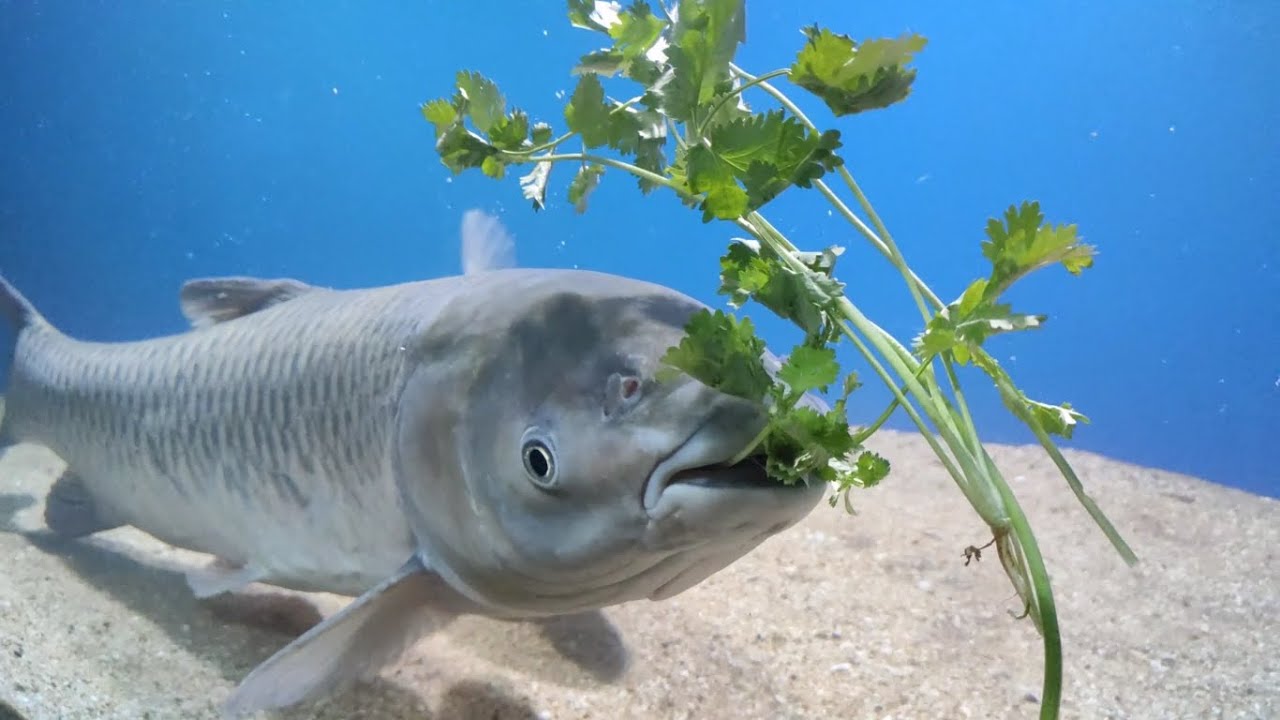
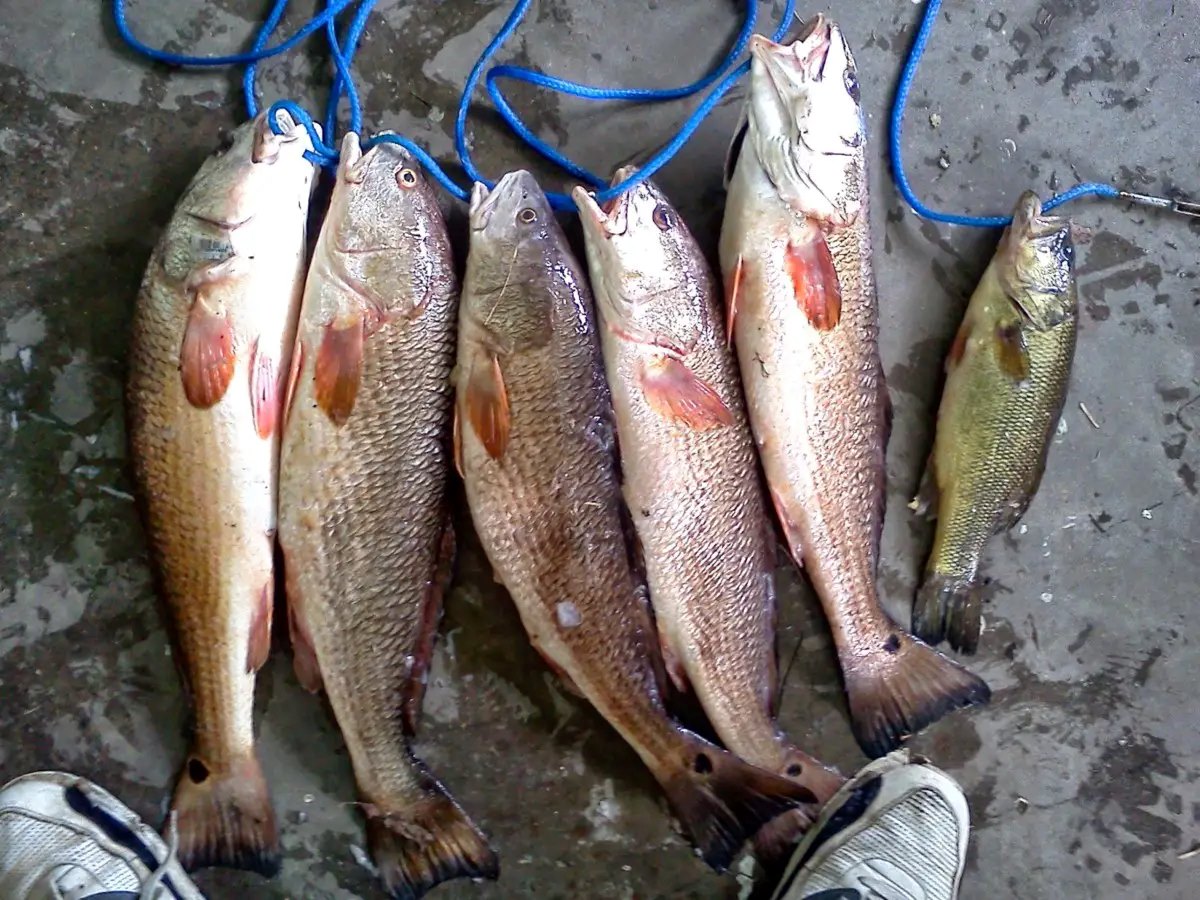
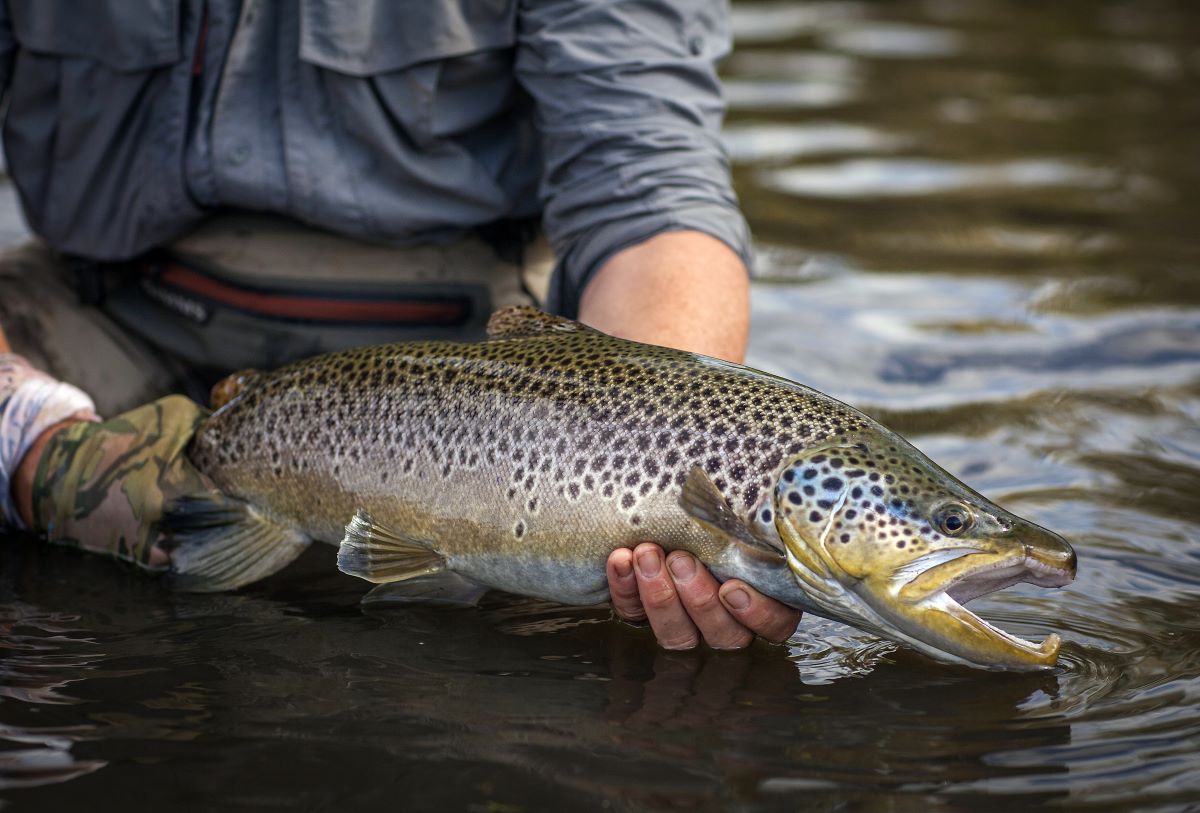

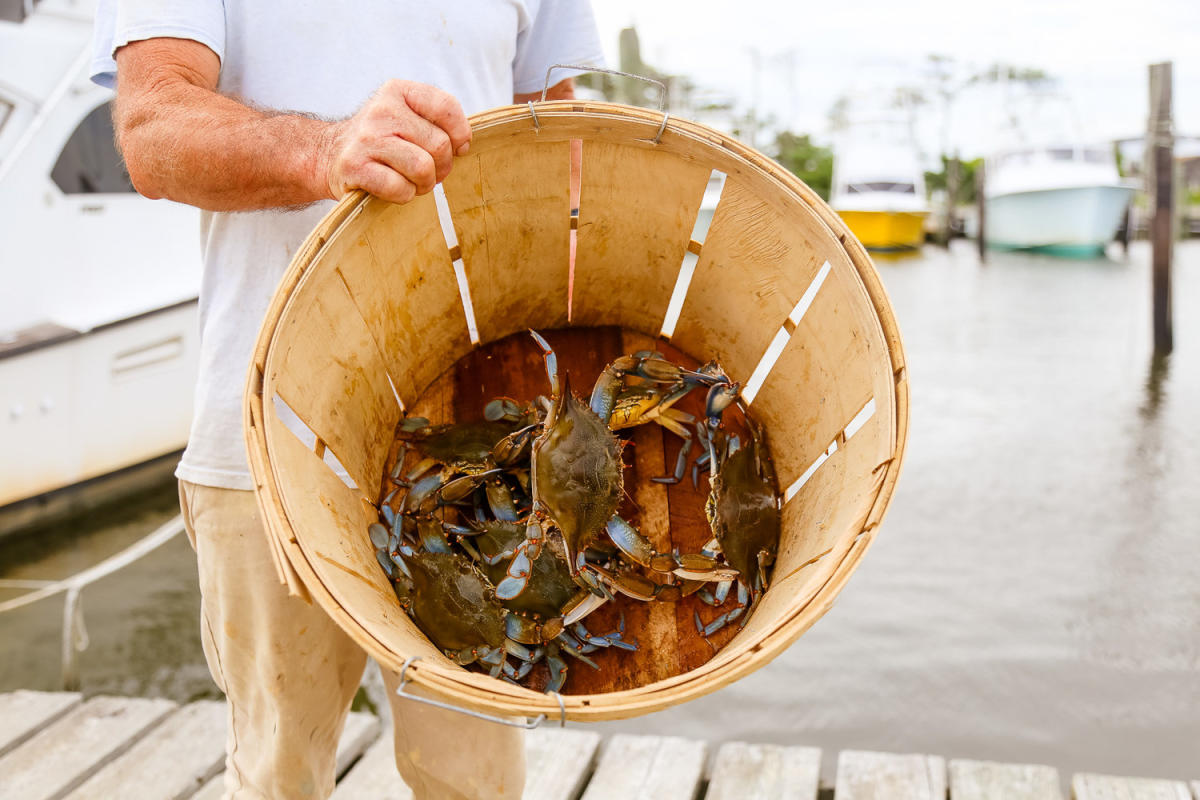


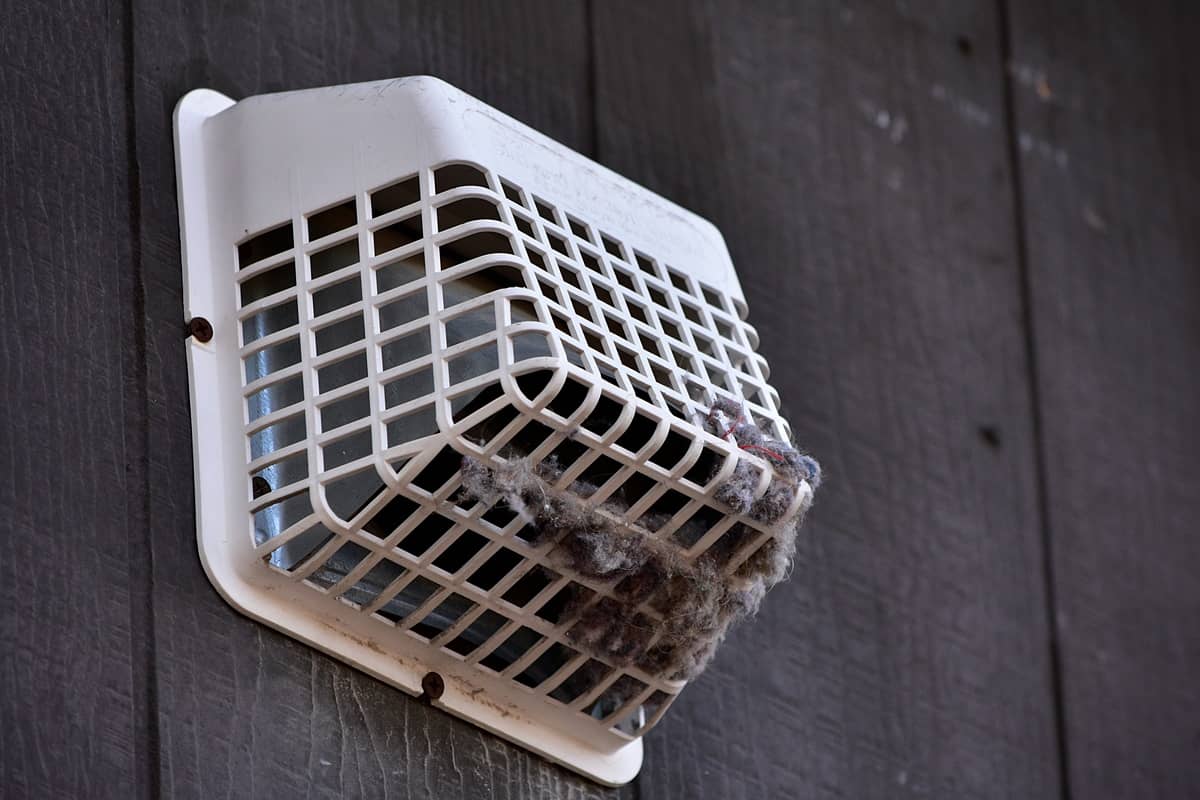







0 thoughts on “How To Catch A Grass Carp”